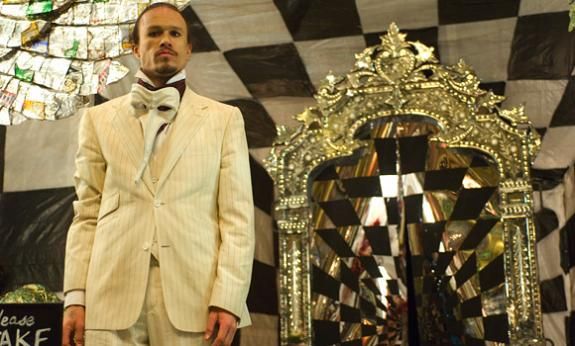
Meg Roe, Craig Erickson, Gabrielle Rose, and Kevin McNulty star in Blackbird Theatre's production of "Who's Afraid of Virginia Woolf?"
Credit: supplied
This Woolf has teeth
George (Kevin McNulty) is a history professor who has been married to the college president’s daughter, Martha (Gabrielle Rose), for 23 years. Fueled by booze, bitter regret, and occasional glimpses of genuine affection, theirs is a symbiotic relationship in which dependence on each other has become the thing they despise most about themselves. After a night of drinking at a faculty party, Martha invites the new professor, young biologist Nick (Craig Erickson), and his wife, Honey (Meg Roe), home for a nightcap, kicking off three hours of emotional slaughter comprised of horrific insults, betrayal, and psychological warfare. George and Martha rip each other to shreds, and by the time the sun’s come up, they may have taken Nick and Honey down with them.
Blackbird’s casting perfectly complements Albee’s genius script. Roe sparkles as the young naif Honey; her infectious giggles as she becomes increasingly intoxicated offer much-needed levity betwixt the numerous moments of tension and verbal violence. Erickson is perfectly at home in Nick’s smug arrogance, but turns up the heat as he and Rose flirt and flaunt their attraction to each other. Rose’s ability to turn on a dime from drunken seductress to tragic clown is absolutely awe-inspiring.
McNulty, though, is the real revelation — he seems born to play George. Every phrase that comes from his mouth, whether spat out in vicious retribution or sliding silkily off the tongue as a thinly-veiled threat, is layered in subtext. Under McNulty’s skillful portrayal, George is pleasantly threatening, whether letting Martha’s emasculating insults seemingly roll off his back, or calmly letting Nick know that he’s lulled him into divulging secrets so that he can be more easily destroyed.
With a running time of a little over three hours (plus two intermissions), this isn’t the easiest play to sit through emotionally, but the time passes quickly, with plenty of laughter to temper the flurry of insults and double entendres. Ultimately, this is a rare night of theatre, in which a flawless cast brings new depth to an already perfect play. It’s weird to say, but this is a welcome punch to the gut, where the audience is left as broken as the characters, but in a good way.
Who’s Afraid of Virginia Woolf? runs to Jan. 16 at the Cultch (1895 Venables). Tickets $15-$35 from Tickets Tonight.








